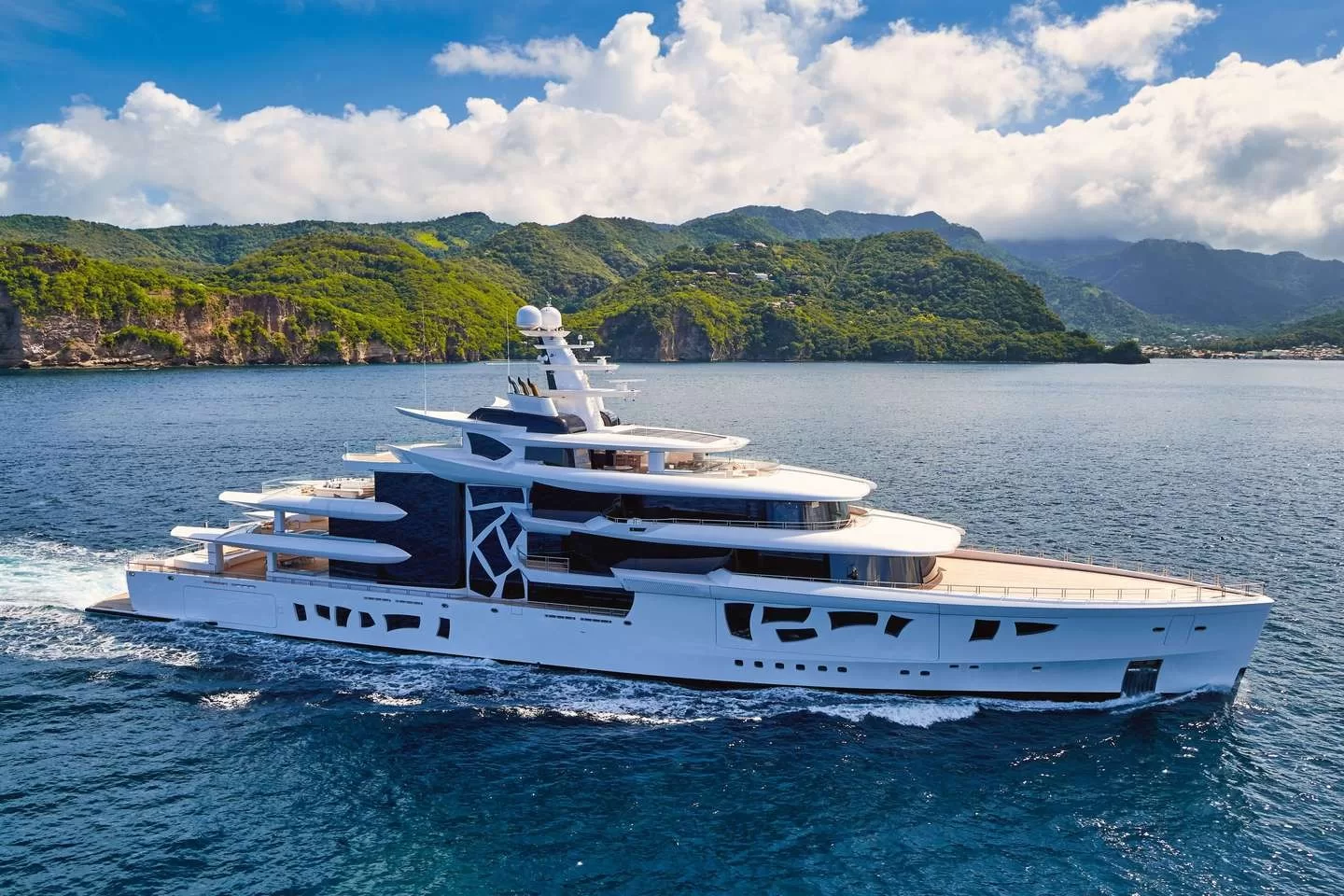As future technologies become available, this highly engineered yacht will be the owner’s last boat.
Artefact is a superyacht ahead of its time. The exterior’s whimsical curves made it the talk of last week’s Monaco Yacht Show, but its universal appeal was no accident.
An engineer, build captain, and owner of the world’s largest 262-foot boat meticulously planned the boat for years to be a diesel-electric wunderkind with cutting-edge technology. In addition to its futuristic exterior and eco credentials, Artefact’s interior could ultimately alter the course of yacht design for years to come.
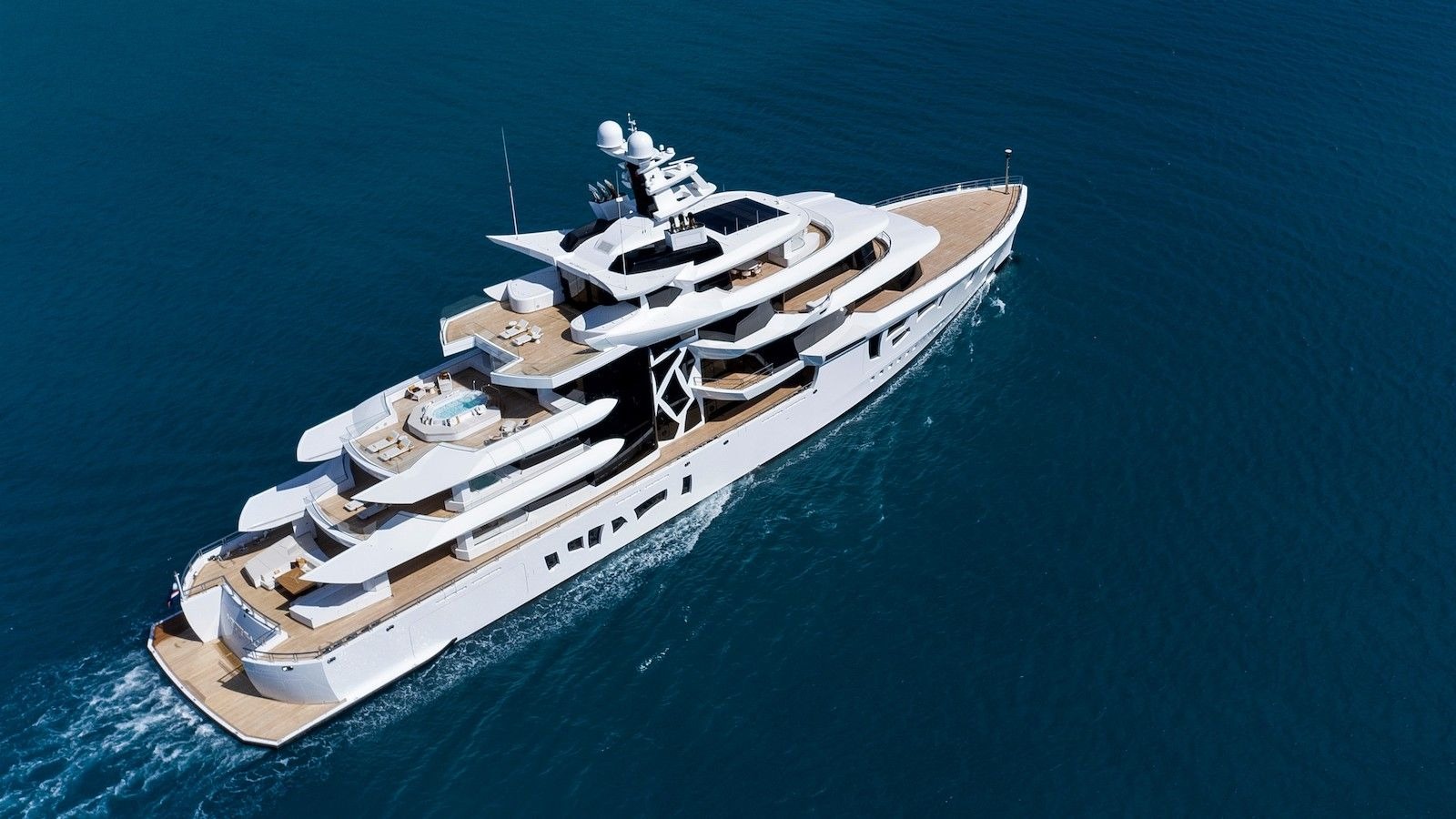
“We didn’t rush into Artefact,” Captain Aaron Clark told Robb Report, during an in-depth tour of the yacht last week in Monaco. “It’s the owner’s first boat and will be his last boat. He didn’t want a yacht that looked the same as everybody else’s. And he didn’t want a yacht that performs the same. He wanted a boat that was future-proofed.”
The owner reflected on the smallest details that would be relevant in two decades by future-proofing. There are no door thresholds in the bathroom and minimal steps for wheelchair access. There’s also a Tai Chi room, with a higher ceiling height so you can wield a sword above your head. Adding comfort to the ride, the owner’s cabin was placed at the lowest acceleration point on the boat. To reduce the number of crew members, the owner centralized all service operations.
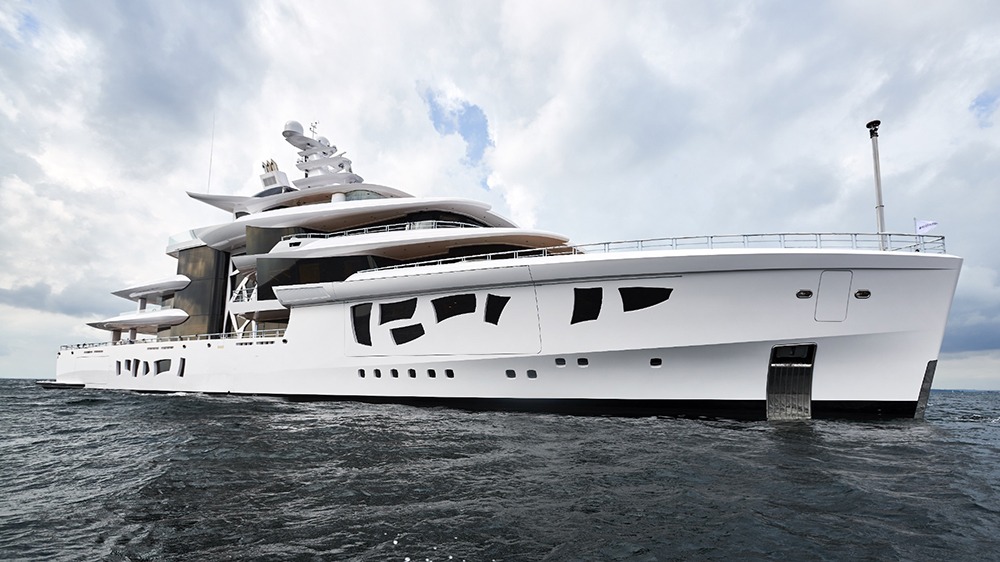
In the 18 months between the development of Artefact and signing the contract, Clark and the owner tested tanks and investigated stabilization systems before looking for a shipyard to build Artefact.
“We spent eight months and $110,000 building the family deck level to scale, out of wood and Tyvek construction wrap,” said Clark. “It helped us to figure out how much room the owners need to comfortably live aboard and how big the boat needed to be.”
A seismic 2,990 gross tons were added to the original 500 gross tons.
“I went to seven shipyards with the plans,” says Clark, “But we ended up with Nobiskrug because they were the only yard that kept the pedigree and design that we wanted from the beginning.”
In the end, the detailed planning paid off. There were only 1.1 percent change orders during the build process—owner-mandated changes typically amount to 30%. Her owner plans on living aboard Artefact for up to three months at a time after she was delivered in March 2020. During the pandemic, that increased to eight months, and Artefact wasn’t sitting idle in some marina. To test the boat, Artefact traveled 13,000 nautical miles in nine months.
“My favorite piece of technology is the boat’s dynamic positioning system,” says Clark, noting it keeps the boat in place without anchoring. “We used it for 650 hours in the first year, including two weeks non-stop. If the owner is sitting in direct sunshine, I turn the boat a bit. Other times, I change the view. In rough seas, we defuse the waves. It enhances the guests’ overall experience.”
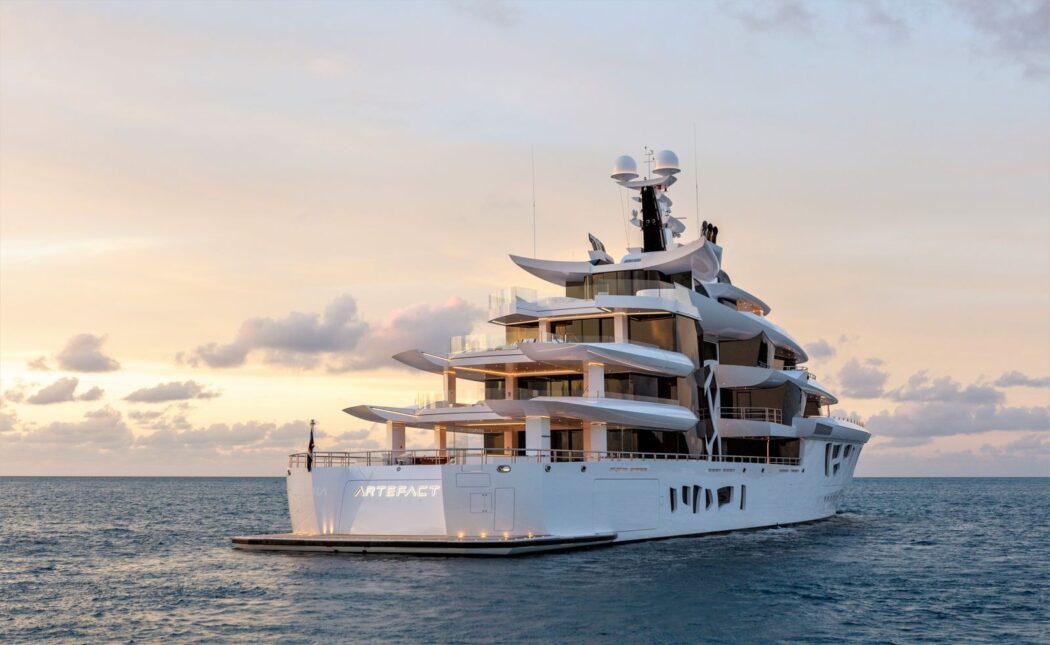
In comparison, Reymond Langton’s interior is a Zen-like, clean expanse of space that contrasts with 8.073 square feet of glass that weighs 70 tons. The exterior was designed by Gregory C. Marshall, whereas the interior is designed by Reymond Langton.
Taupe-rippled sycamore walls contrast with straight-grain dark walnut floors. The main salon features handwoven silk artwork, while the owner’s suite is adorned with Su embroidery. The guest areas are spacious and uncluttered but feel homey at the same time.
“The interior isn’t ostentatious and that’s because you can’t compete with the exterior architecture,” says Clark. “We didn’t try to fight it.”
It was a yachting first to have so much glass on board. There were many challenges, including weight, solar heat gain, optical properties, and the reflection of sound.
It uses materials and space to absorb sound. The owner’s suite, which has a carpet that feels like crunchy snow, averages just 36 dBA when underway, between whispers and hushed libraries. All the windows are made of two panels of bronze glass and one layer of a mirror, which cuts heat without distorting views and “makes the greens pop,” Clark explains.
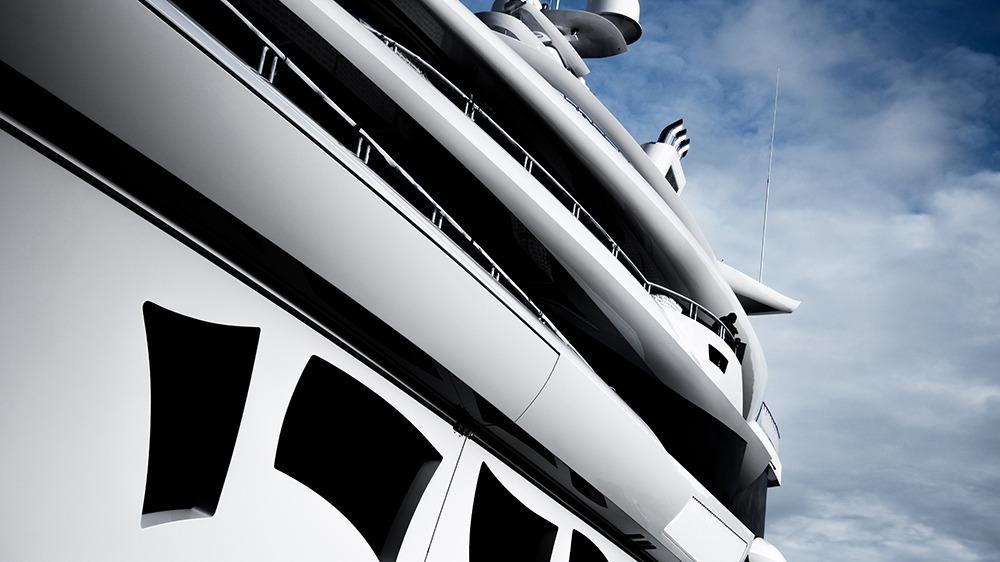
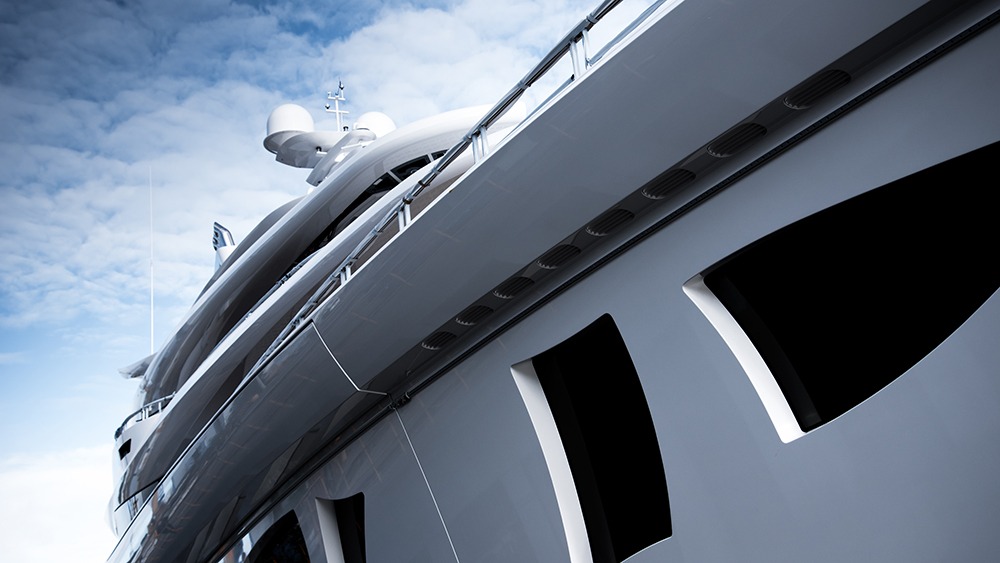
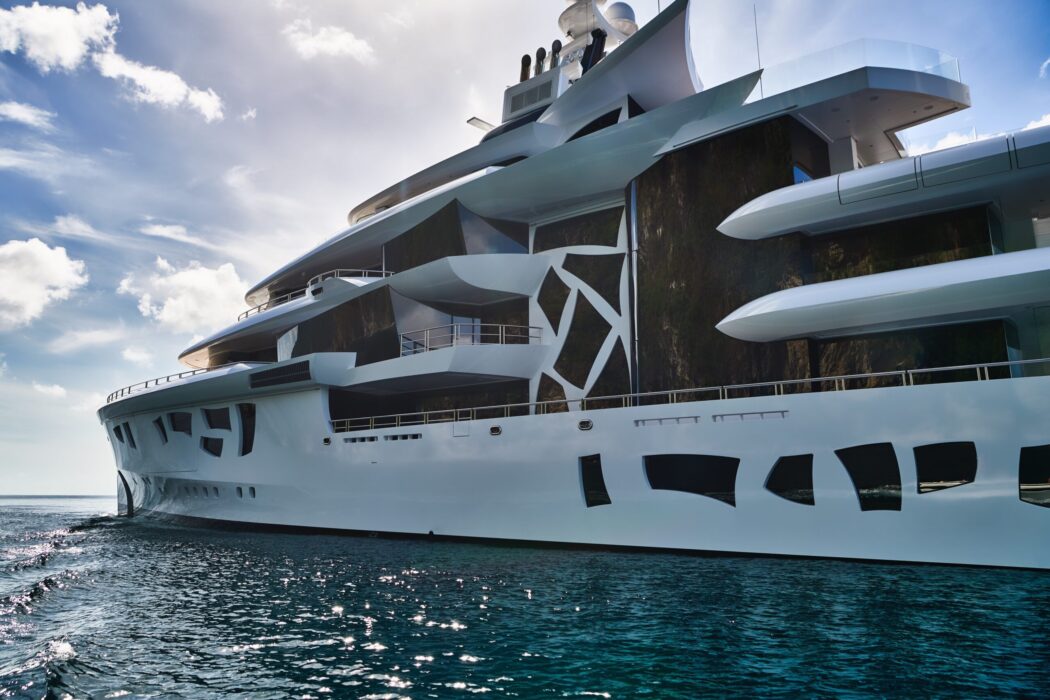
Maritime emissions standards IMO Tier-III were met by Artefact, making it the first superyacht to meet these standards. A total of 248 square feet of solar panels produce enough electricity to run the lighting at night, making Artefact the first superyacht to meet these standards. However, the advanced DC bus digital power management system—the first installed on a yacht—allows the vessel to integrate multiple sources of energy, including solar panels, variable speed generators, and lithium batteries.
Fuel cells and other future technologies can also be incorporated into the boat to enable it to function for a limited time without internal combustion engines.
“Artefact is designed for the future. So, if we want to change an engine to a new technology, the system is in place with the DC bus to enable that,” says Clark.
Identifying yourself on the water is something many superyacht owners avoid at all costs. Artefact does not.
“You can’t do something different and stay hidden,” says Clark. “If you’re going to set trends, you need to be recognizable. Not just technically, but with the ownership experience as well.”
The conversation has recently moved to Artefact’s interior and exterior eco-credentials since the company’s eco-credentials have been widely discussed.
“We felt the styling might overwhelm the true core of what the boat was,” says Clark. “Now, we’re highlighting the design. I think that was a good strategy.”


